- Home |
- About |
- Contact Us |
- Privacy |
- Newsletter |
- Shop |
- Donate
Least Common Multiple Calculator

Welcome to our Least Common Multiple Calculator page.
This calculator will tell you the least common multiple between two or more numbers.
The calculator will also show you the step-by-step working out using two different methods.
There are also some worked examples to show you how it works.
Least Common Multiple Calculator
Input any number values into our Least Common Multiple Calculator and it will find quickly you the smallest or least common multiple of both numbers.
The Least Common Multiple (LCM) is the smallest multiple that is a multiple of two or more numbers.
It is also sometimes called the Lowest Common Multiple.
The Least Common Multiple of 12, 8 and 10 is 120 because 120 is the smallest number that is a multiple of all 3 numbers.
Simply type in your numbers into the space below with a SPACE after each one and the calculator will do the rest!
You can choose whether or not you want to see the 'Multiples Method' or the 'Prime Factors Method' for showing the working out.
WORKING OUT
Least Common Multiple Calculator Uses
One of the uses of the least common multiple is to help adding, subtracting or comparing fractions.
If you type in the denominators of the fractions you are adding (or subtracting or comparing), then it will tell you the least possible denominator to convert them to.
This can save you a lot of time and unnecessary calculations converting them to a common denominator that is much larger.
You can convert all the fractions to the LCM and then add, subtract or compare them more efficiently.
Least Common Multiple Calculator Examples
We have also included a couple of quick examples so you can see how it works...
A quick way to find a common multiple is to multiply the two numbers together, but this may not always be the least common multiple.
There are several different methods for finding the Least Common Multiple.
We have outlined two of the main methods below: the Multiples Method (best for smaller numbers) and the Prime Factors Method.
Least Common Multiple Calculator - The Multiples Method
This method is the easiest to use and works well with smaller numbers.
Simply write out lists of multiples of each of your numbers until you find a common multiple.
The smallest number that is on all of the lists is the least common multiple.
Remember, if there are only two numbers, you only need to write your multiples up to the value of the 2nd number.
Example: if you are looking for the least common multiple of 5 and 8, you only need to go up to the 8th multiple of 5, or the 5th multiple of 8 (which is 40).
Examples
Example 1) Find the least common multiple of 5 and 3.
The multiples of 5 are: 5, 10, 15, 20, 25, 30, 35, 40, ...
The multiples of 3 are: 3, 6, 9, 12, 15, 18, 21, 24, 27, 30, ...
So the least common multiple (the smallest number occurring in both lists) is 15.
Note that we really only needed to go up to the 3rd multiple of 5, or the 5th multiple of 3 to find our answer.
The Least Common Multiple is 15.
Example 2) Find the lowest common multiple of 5 and 11.
The multiples of 5 are: 5, 10, 15, 20 , 25, 30, 35, 40, 45, 50, 55, 60
The multiples of 11 are: 11, 22, 33, 44, 55, 66, ...
The smallest number on both lists is 55 (which is 5x11).
The Least Common Multiple is 55.
Least Common Multiple Calculator - The Prime Factors Method
This method works well for larger numbers where it would take a long time to use the multiples method, but it is more complicated to use!
You need to write each number as a product of prime factors.
Combine your prime factors into a sorted list, with the highest exponent of each factor first.
Now look at your lists of prime factors and for each repeated factor, you only need to use the factor with the highest exponent (or just one of the factors if the exponents are the same).
Multiple your remaining prime factors in the list together to find the LCM.
Example 1) Find the lowest common multiple of 14 and 20.
As a product of prime factors:
- 14 = 2 x 7
- 20 = 2 x 2 x 5 = 22 x 5
Next combine the factors and sort this list by order of number and exponent:
22, 2, 5, 7
Now remove any lower exponents of the same number from the list.
The factor 2 is repeated so we only need to use the highest exponent which is 22.
Our new list is:
22, 5, 7.
Now we multiple the factors of the list together.
This gives us: 22 x 5 x 7 = 2 x 2 x 5 x 7 = 140
The Least Common Multiple is 140.
Example 2) Find the least common multiple of 144 and 78.
As a product of prime factors:
- 144 = 2 x 2 x 2 x 2 x 3 x 3 = 24 x 32
- 78 = 2 x 3 x 13
Next combine the factors and sort this list by order of number and exponent:
24 x 2 x 32 x 3 x 13
Now remove any lower exponents of the same number from the list.
The factor 2 is repeated so we only need to use the highest exponent which is 24.
The factor 3 is repeated so we only need to use the highest exponent which is 32.
This gives us a final list of:
24, 32, 13.
Now we need to multiple the prime factors together to find the LCM.
This gives us: 24 x 32 x 13 = 2 x 2 x 2 x 2 x 3 x 3 x 13 = 1872
As you can probably see, this would take a while to work out using the multiples method!
The Least Common Multiple (LCM) is 1872.
More Recommended Math Worksheets
Take a look at some more of our worksheets similar to these.
Least Common Multiple Support Page
We have a dedicated support page all about how to find the LCM using the two methods described above.
There are lots of worked examples to help you understand this concept.
Least Common Multiple Worksheets
We have a range of worksheets on how to find the least common multiple of two or three numbers.
The sheets vary in difficulty, and are suitable for 6th grade and up.
Greatest Common Factor Calculator
Our Greatest Common Factor Calculator will find the highest common factor of 2 or more numbers.
It will also show you the working out so you can see how to work it out yourself.
There are also some worked examples.
Multiples and Factors Worksheets
These sheets are all about finding multiples and factors of different numbers.
They are a great way to introduce multiples and factors and to practice this skill.
Fractions Worksheets
Take a look at some of our fractions worksheets.
These sheets will give you a chance to apply and use our least common multiple calculator
Sieve of Erastosthenes
The Sieve of Erastosthenes is a method for finding what is a prime numbers between 2 and any given number.
Eratosthenes was a Greek mathematician (as well as being a poet, an astronomer and musician) who lived from about 276BC to 194BC.
If you want to find out more about his sieve for finding primes, and print out some Sieve of Eratosthenes worksheets, use the link below.
Want to find out more about primes?
Take a look at our Prime Number page which clearly describes what a prime numbers is and what they are not.
There are also many different questions about prime numbers answered, as well as information about the density of primes.
Looking for more math calculators?
We have a wide range of free math calculators to help you.
Most of our calculators show you their working out so that you can see exactly what they have done to get the answer.
Our calculator hub page contains links to all of our calculators!
How to Print or Save these sheets 🖶
Need help with printing or saving?
Follow these 3 steps to get your worksheets printed perfectly!
How to Print or Save these sheets 🖶
Need help with printing or saving?
Follow these 3 steps to get your worksheets printed perfectly!
Subscribe to Math Salamanders News
Sign up for our newsletter and get free math support delivered to your inbox each month. Free seasonal math grab pack included.
Return to Calculators Hub page
Return from Least Common Multiple Calculator to Math Salamanders Homepage
Math-Salamanders.com

The Math Salamanders hope you enjoy using these free printable Math worksheets and all our other Math games and resources.
We welcome any comments about our site or worksheets on the Facebook comments box at the bottom of every page.



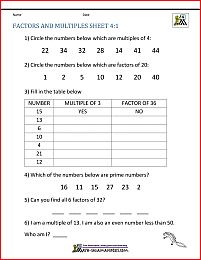
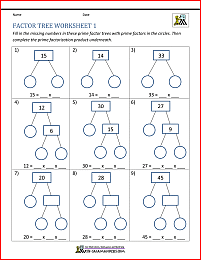
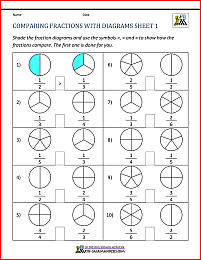
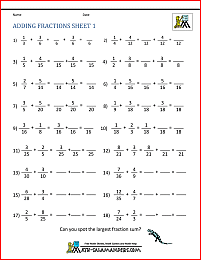
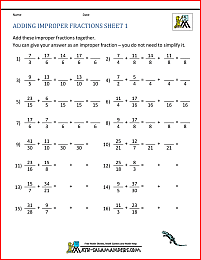
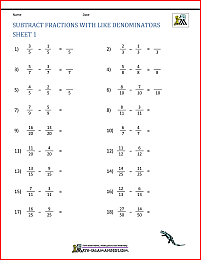
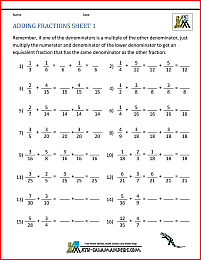

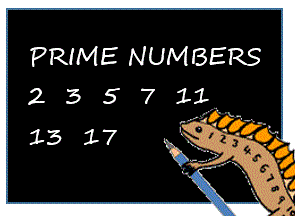
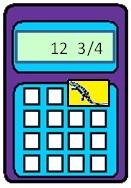

New! Comments
Have your say about the Math resources on this page! Leave me a comment in the box below.